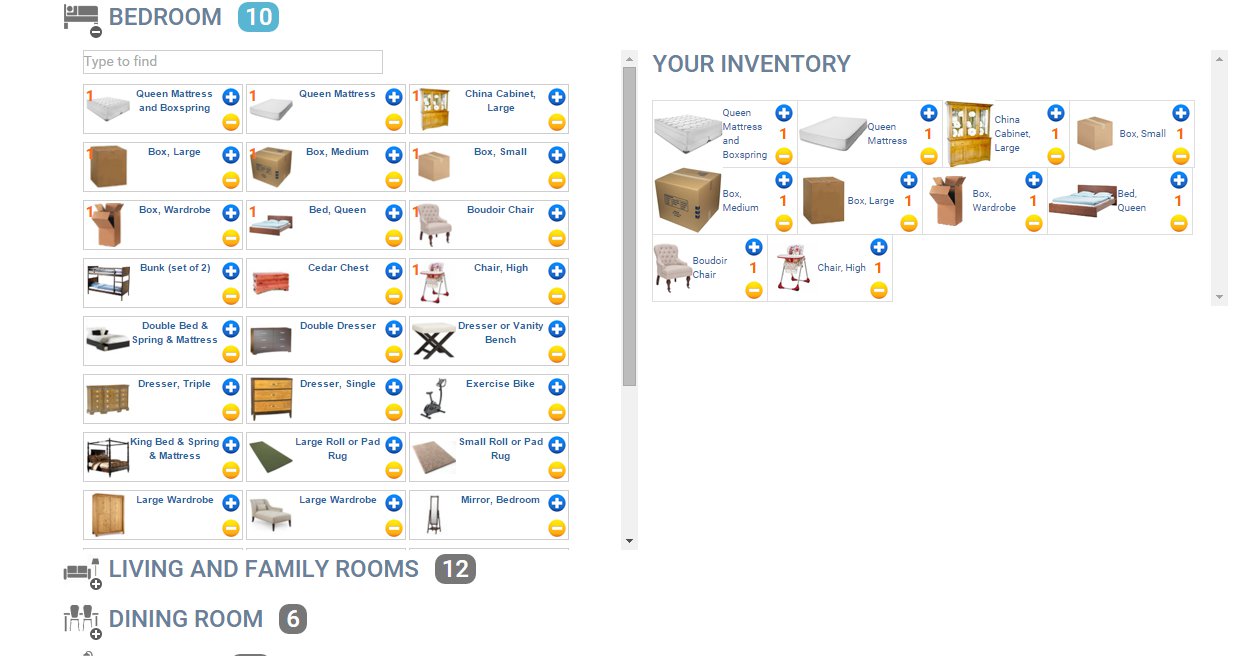Cities to Move to for an Interesting Life as a Millennial
The Most Popular Cities for Millennials

- Millennials Are Their Own Generation
- Millennial Generation Characteristics: Who Are Millennials?
- Millennials Search for Constant Excitement, People, and Culture
- Millennials Relationship Status of Should I Say Independence?
- Professional Development and Technology: Millennials Trends
- Catering to the Tech Savvy Millennials
- Why Are Millennials So Optimistic?
- Millennials City Trends: Best Recommended Cities
- San Francisco
- Chicago
- Manhattan
- Amsterdam
- Los Angeles
- Anywhere You Desire
1. Millennials Are Their Own Generation
Millennials can get a pretty bad rap, but there’s a lot that goes into being a Millennial besides a love of viral makeup tutorials and Justin Bieber. The word millennial is constantly in the news. Starting A Trucking Company Cost. As the world becomes more technologically advanced it has begun to cater to the generation of the Internet.
2. Millennial Generation Characteristics: Who are Millennials?
But of course, there are topics that are a little more interesting to note that breakfast habits.If you are between the ages of 18 and 35 you are considered within the millennials generation age range. Trucking Paperwork. This group has really given America the run around postponing so-called ‘growing up’ well into their 30s (As well as having a strong aversion to cereal). Although there are still many people who get married and start families at a young age, on average the percentage of the millennial generation who stay single and postpone starting a family is much higher. This is changing how cities are developing and how adults are moving.
3. Millennials Search for Constant Excitement, The People, and Culture
Many millennial stay at their parent’s homes longer or move back to their homes after college. When they do move out, most millennial are moving to urban centers. According to a Rent.com (2016) survey, 44% of Millennials are moving towards urban centers. Looking at the popularity of Instagram, this generation craves food, art, and culture like never before. Starting A Trucking Company Successfully. Younger generations generally want a taste of something exciting. But, the rate of pop up midnight restaurants to street parades for dubstep music taking over cities this generation typically is always constantly craving culture. Millennials social media, and music cultural trends are a fact of life for this age range. So the fact that many of them are flocking to urban centers makes sense.
4. Millennials Relationships Status of Should I Say Independence?
Because more millennial people are staying unmarried longer they are often times either chosen for or more willing to move. Many millennials are often unmarried, putting marriage off till later on. On average, at least on average. However, they are still willing to move for love i.e. moving for a significant other or moving in with a significant other.
5. Professional Development and Technology: Millennial Trends
This has definitely defined younger generations with their smartphones, online services, and Siri. Which makes sense since Millennials, if given the opportunity to get a service without having to interact in any way with a ‘live’ human, is ideal. This is affecting all industries, having to update their websites. Traditionally moving companies were a very hands on the industry. (Which clearly they still are in some sense) A website would most likely provide a phone number along with an estimator come to your home to figure out the costs of your online moving companies.
6. Catering to the Tech-Savvy Millennials
Having the convenience of doing all these steps online appeals to this demographic. Since they move around a lot it would be worthwhile to cater to this market. Get your online quotes moving companies for free. Anyone can build their inventory by selecting pictures of all their items in their home. This will give out a properly estimated cost all at the comfort of their own computer or phone. Being a tech savvy generation means that businesses constantly have to keep up with trends. This is to strive to find a way to appeal to millennials technological sensibilities. Take, for example, Uber drivers, they have had to adapt their business to the millennials. Keep reading for the best cities!
7. Why Are Millennials Optimistic?
We can thank Drake for the ‘YOLO’ motto adopted by most Millennials, but there’s actually a lot of sense to the phrase. Approaching 2016, this is an era of experiencing leisure, technology, advocating change and acceptance, and focussing on one’s self. So why not move to Paris and have your job be Instagramming? BOC-3 Filling For Trucking Business. Why not get into some millennial media? Hell, this is an era where people are realizing that they can do pretty much anything. If you’re a Millennial itching to wipe the dust off your high-school-football-obsessed hometown off your TopShop faux leather boots and experience the world, here’s a map of where to go and how to do it.
Best Cities In The USA
8. Millennials City Trends: Best Recommended Cities for Millenials
-
San Francisco - San Francisco is bursting with trendy lounges, daytime coffee shops, and has an amazing art community. From culinary art to photography, San Fran is full of museums, galleries, and nearly every street you walk down has a cute shop offering an art class. Unlike its SoCal neighbor cities, the public transportation in SF won’t leave you stranded. With mild weather, you get the California zip code along with the luxury of layered fashion when the seasons change.
-
Chicago - Looking to break into entertainment but not your bank account? With a lower cost of living than New York and Los Angeles, you can live downtown, run by the lake, take classes at Second City, and eat life-changing deep dish pizza. Chicago is a very community-oriented city, so for young Millennial,
free event shows and tastings can really make the difference.
-
Manhattan - What Millennial isn’t in love with fashion, entertainment, or industry? Well, Manhattan has it all and its beckoning you to come its way. Whether you’re going to spend your time at Washington Square Park or Bryant Park, the city’s endless free venues will influence you to get out of your Tumblr style apartment and experience the social perks of living in one of New York’s most diverse cities.
-
Amsterdam - As Morrissey once told us, “America is not the world”. Amsterdam is a wild city. Known for its nightlife, you’ll have a hard time finding a friendlier, more open environment than Amsterdam. If you’re a budding socialite looking for a more worldly experience, Amsterdam, cannabis-oriented coffee shops, and community bar hops is the city for you.
-
Los Angeles - Alright, so the public transportation sucks and the constant 85 and sunny can seem like purgatory, but there’s really no better place to spend your golden years. Clubs, lounges, mixers, the Arts and Fashion Districts, Runyon Canyon Park, Franklin Village, UCB shows, the Film and Television Industry, need I say anymore? You’ll soon be telling your Baby Boomer relatives that it's the place “where
everything is happening”. Los Angeles is a city dominated by fashion, health, fitness, beauty, business, and entertainment; it’s a city for Millennials, by Millenials.
-
If you have a particular love for music you might be interested in taking a look at the top five cities to move for music lovers. Certain places just carry a better tune than others.



Comments
Marlon Boore
Feb. 23, 2022, 12:38 a.m.
I was wondering if you guys maybe had a few more to recommend, maybe as far as being affordable as well, these are sort of expensive cities. In addition I was wondering what the maximum amount of stuff you would recommend a person try to fit into their own SUV, and what the minimum amount a person moving to colorado for example should try to haul themselves. I want to know the most affordable movers in colorado so I can get down and dirty with this move and be done with it, I'm prepared to pay but I have to get out of this place Albuquerque. costs of moving to colorado is something you guys should investigate writing.
Adam Peterson
Feb. 23, 2022, 12:38 a.m.
Hi Marlon. It really depends. Make sure to take essential things, or things that you need to be comfortable. Each person needs different things, but make sure to bring creature comforts with you because that makes all the difference. Colorado has a very different climate that New Mexico so you may need to evaluate what things you have in your current life that you may need or not need once you live in Colorado. In terms of finding the most affordable movers if you decide to do some of the move yourself, check out the blue box on this page to the right to get an accurate quote for your move. Remember all our movers are licensed and fair movers so even if you find some other quotes online that see way too good to be true, they normally are as they may be unlicensed movers and its not worth it if your stuff gets ruined. Good luck with your move!
Add Comment